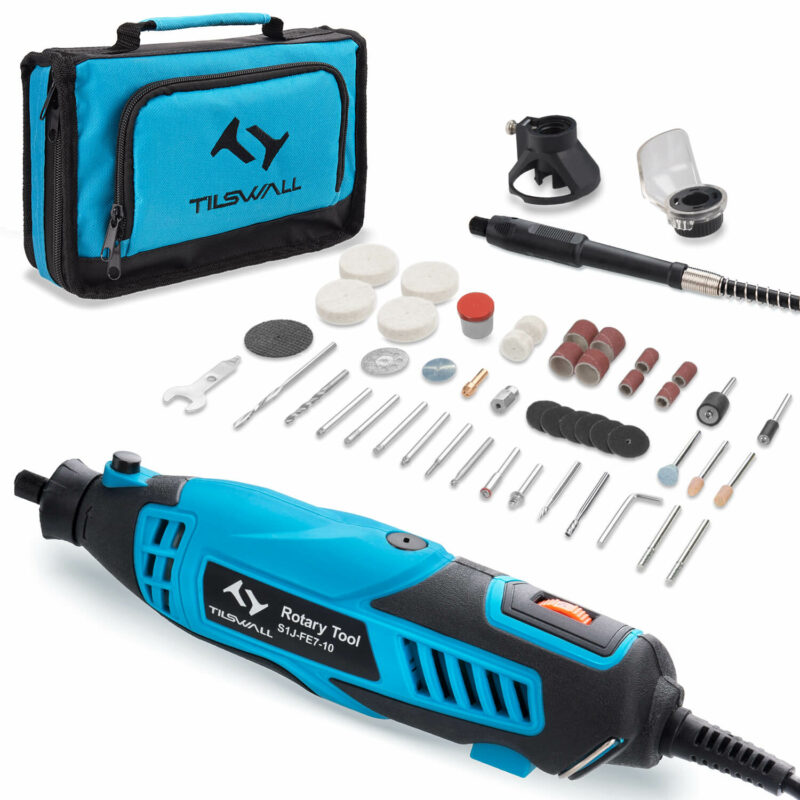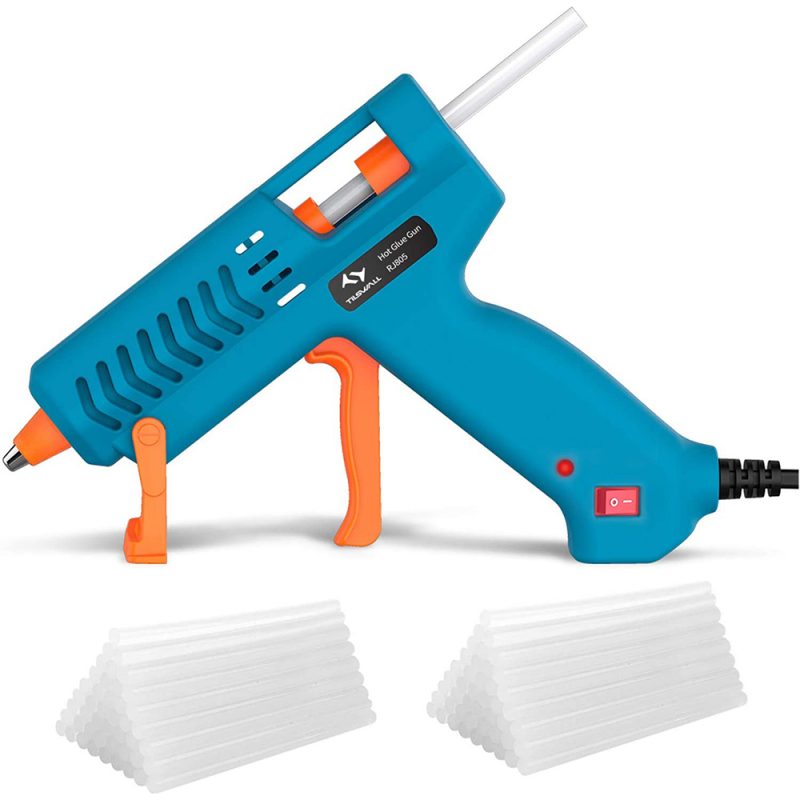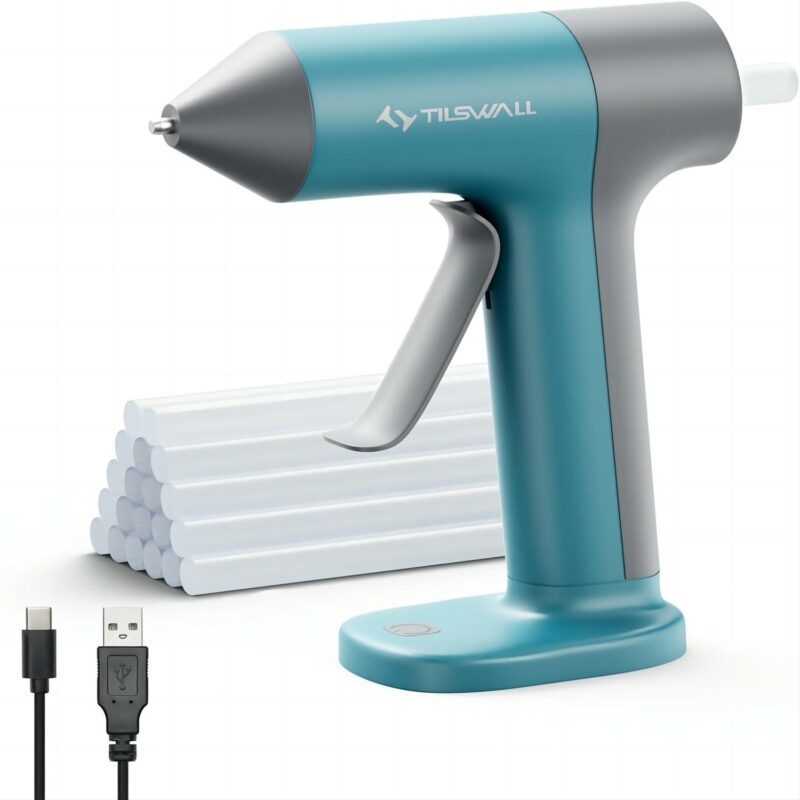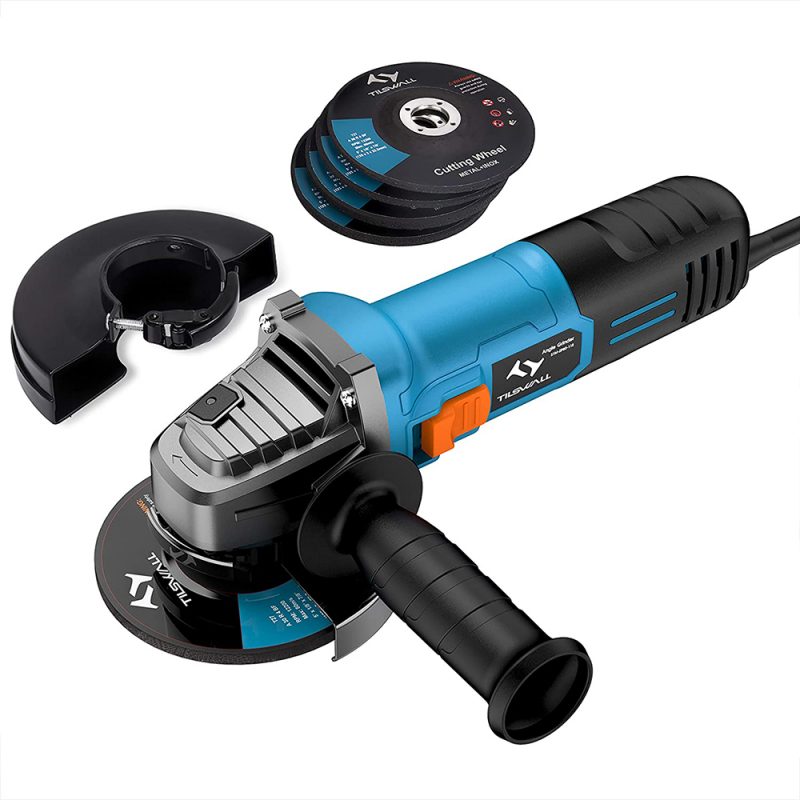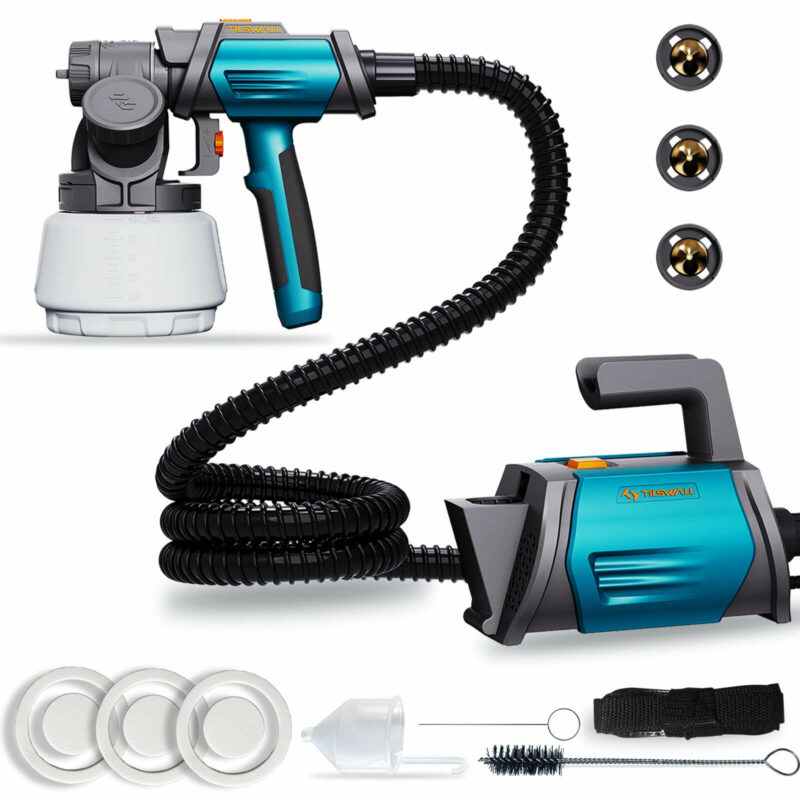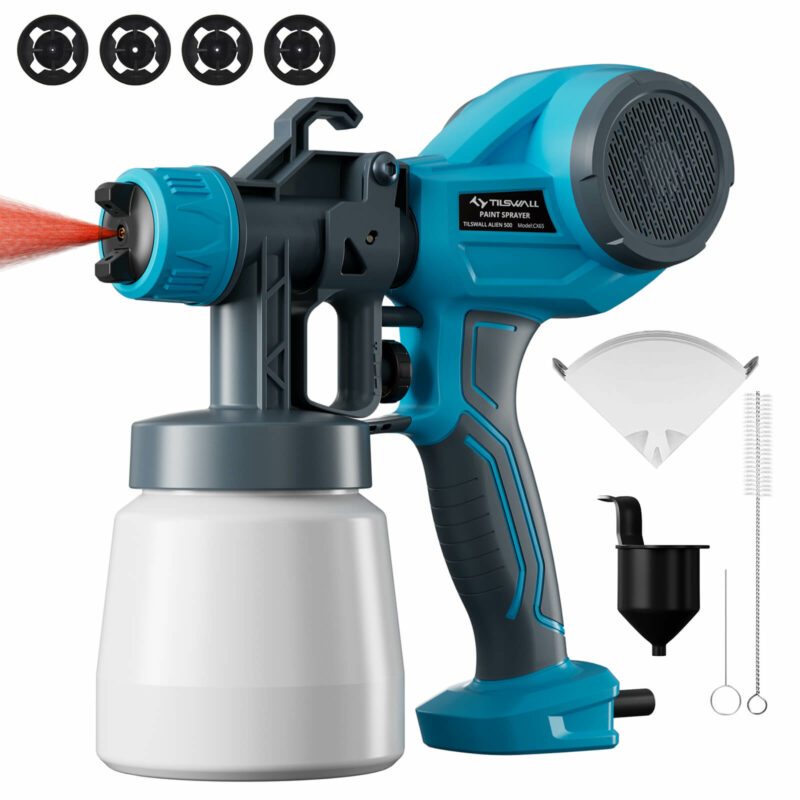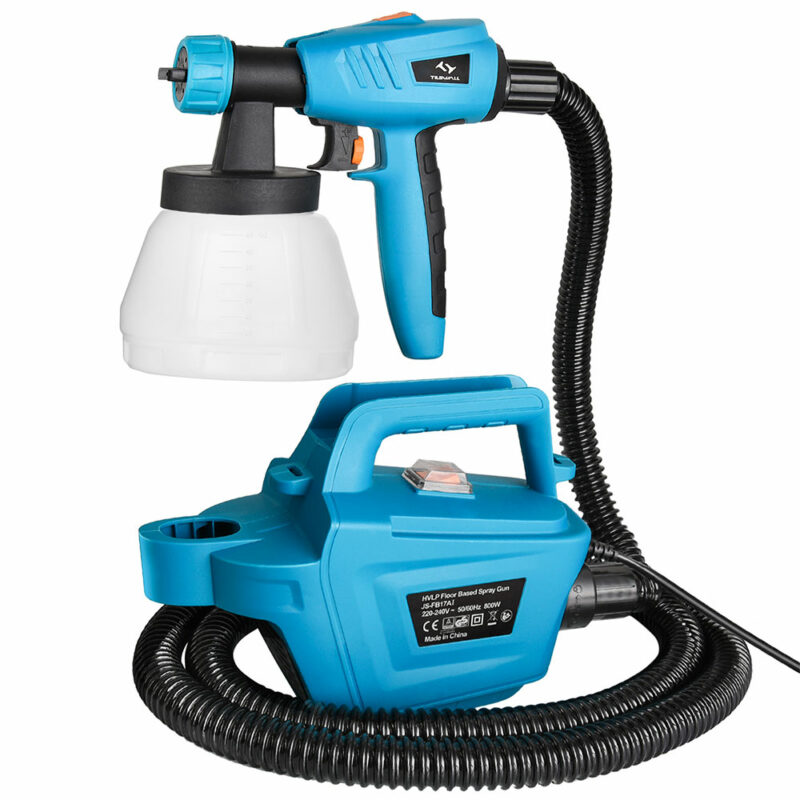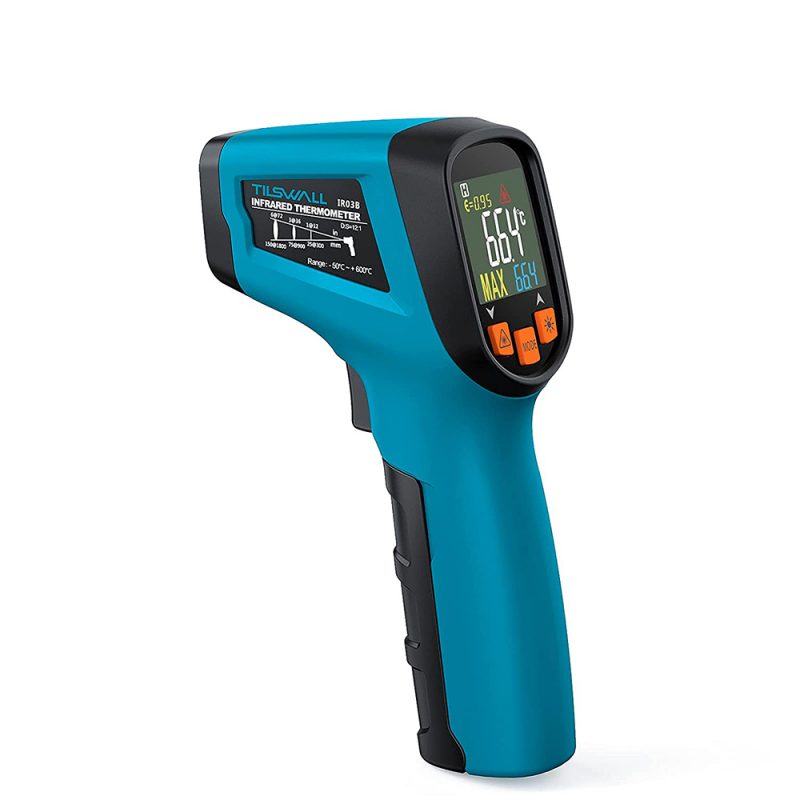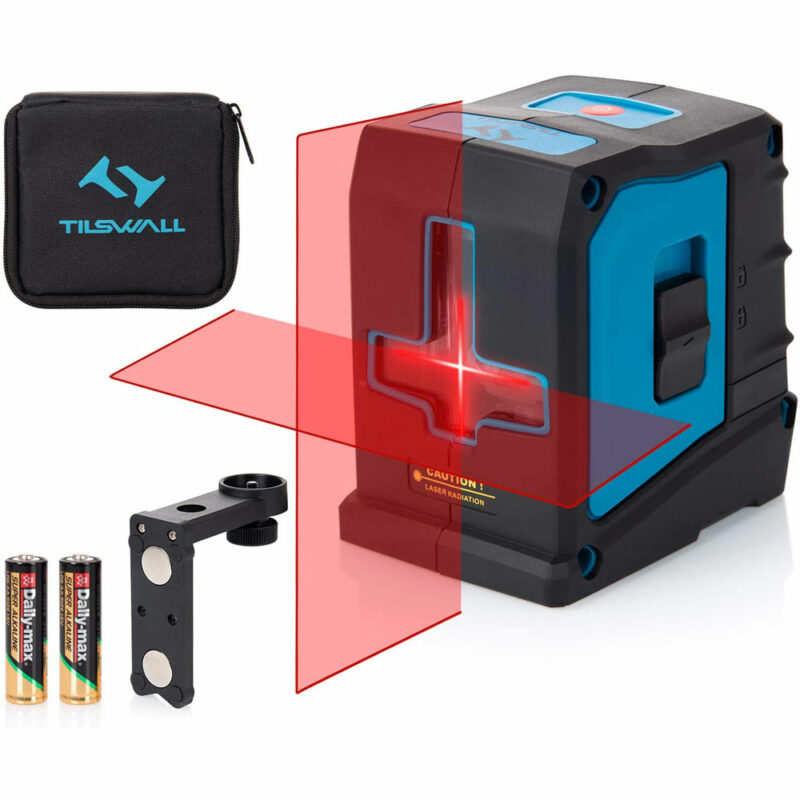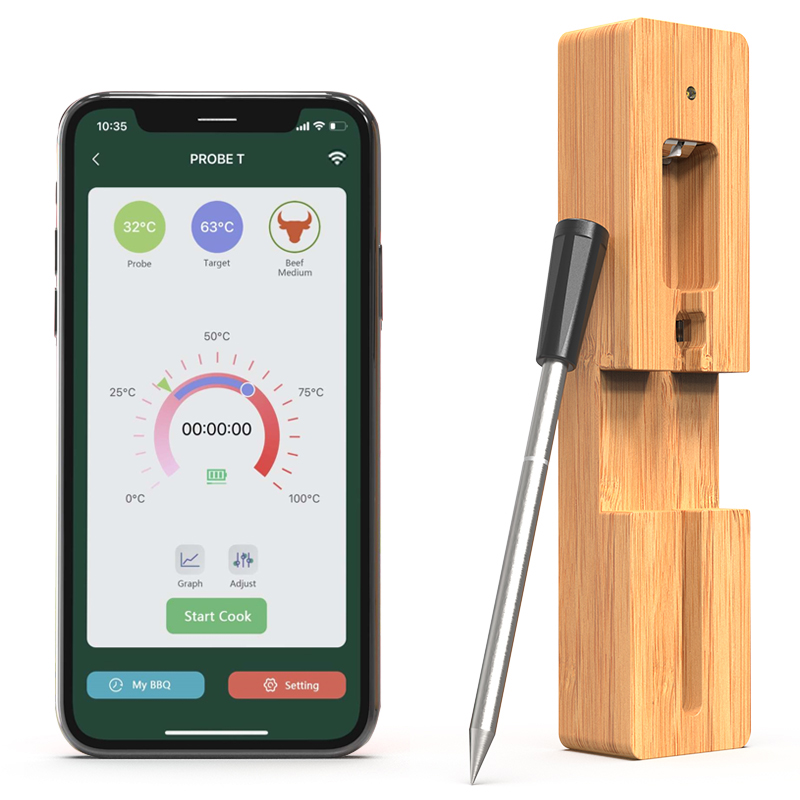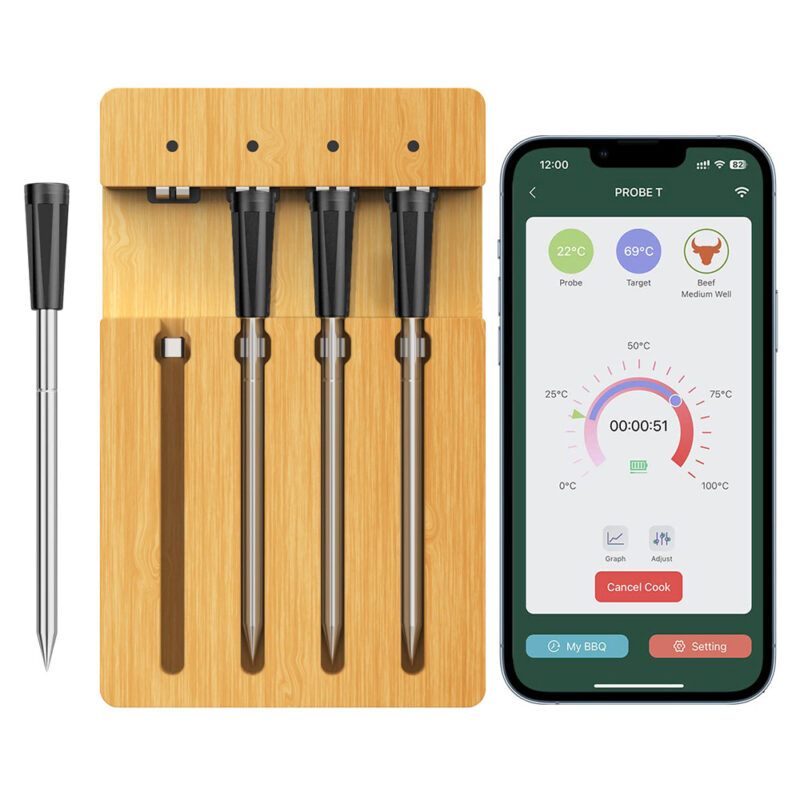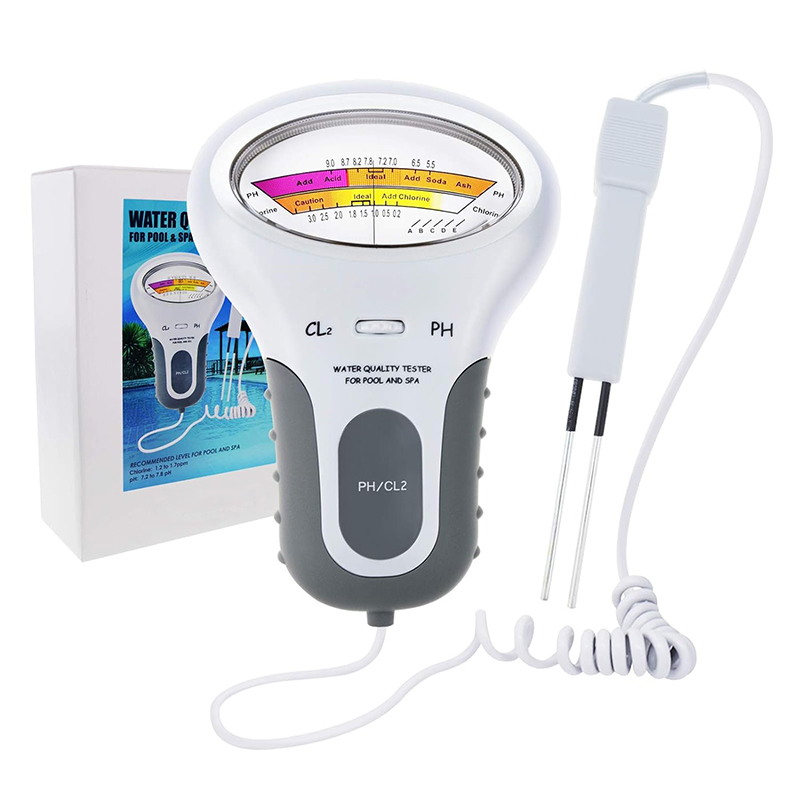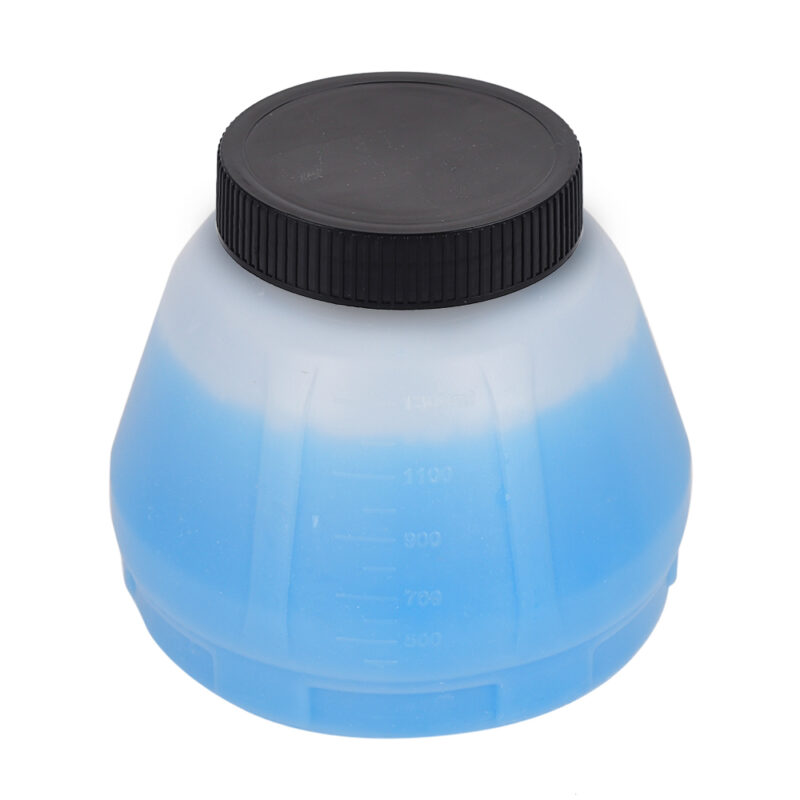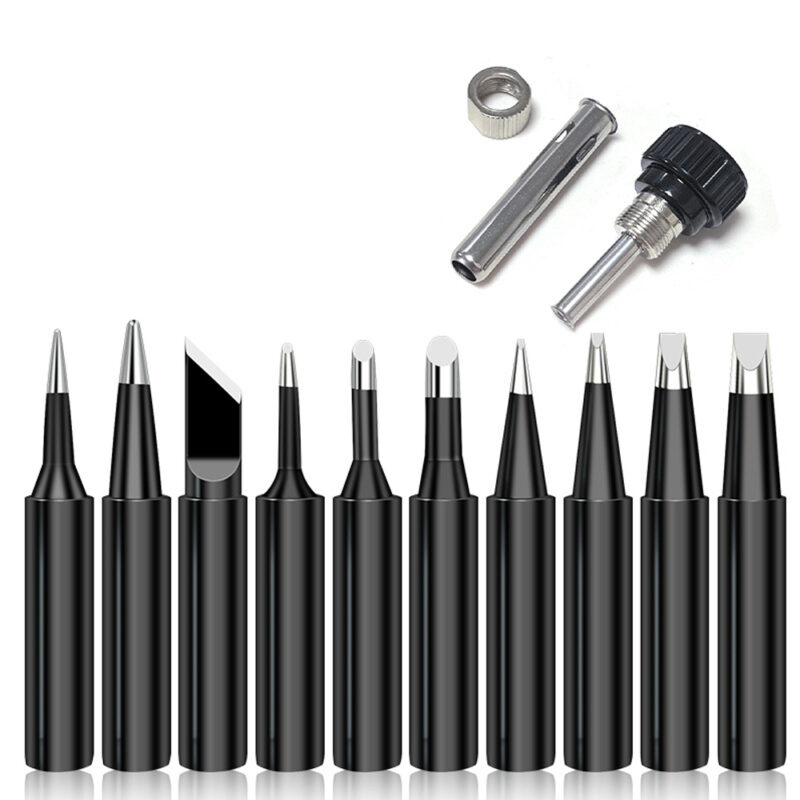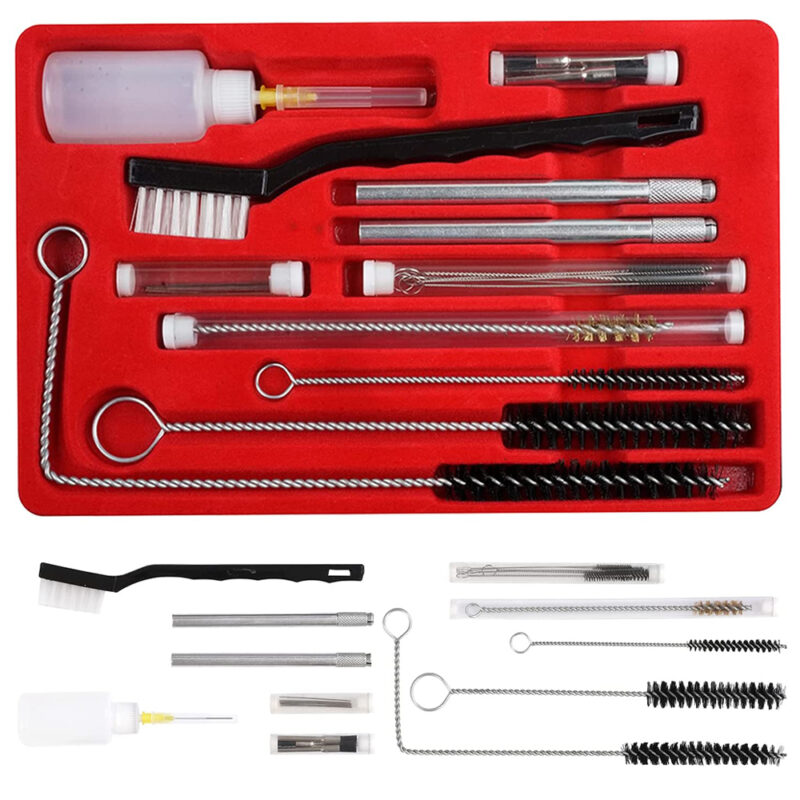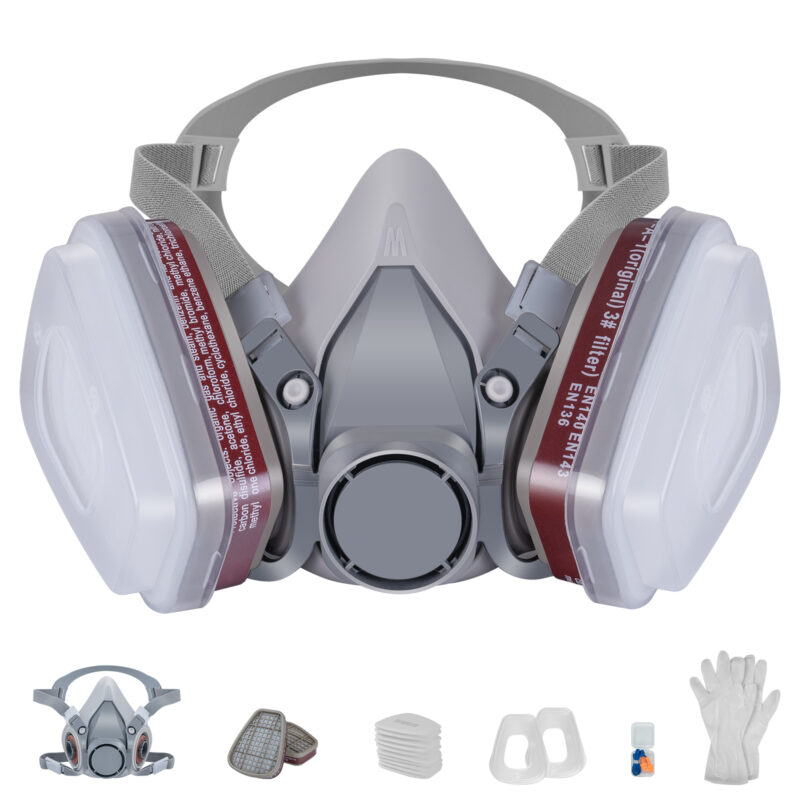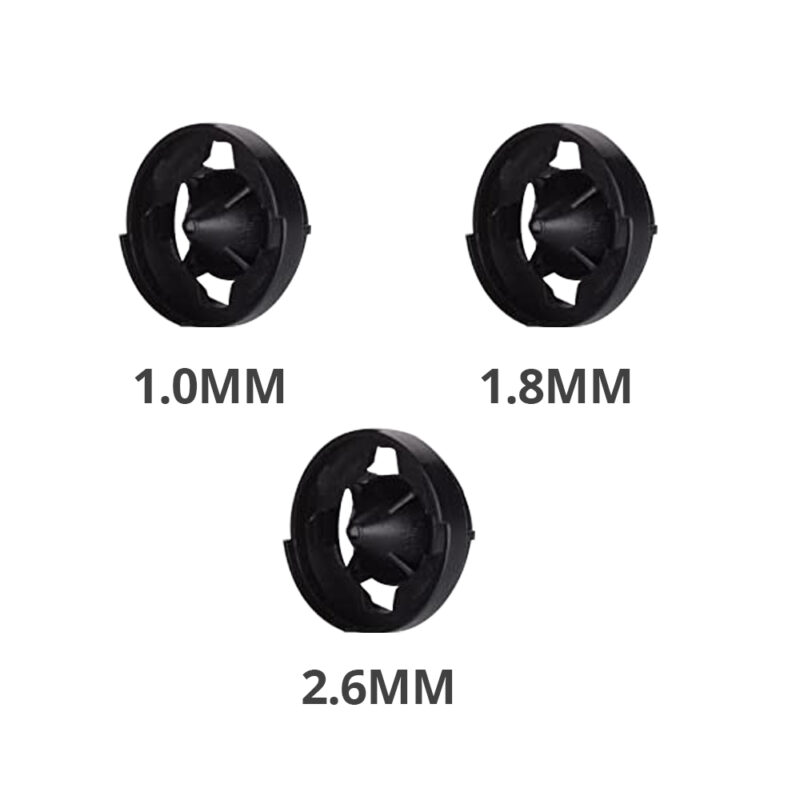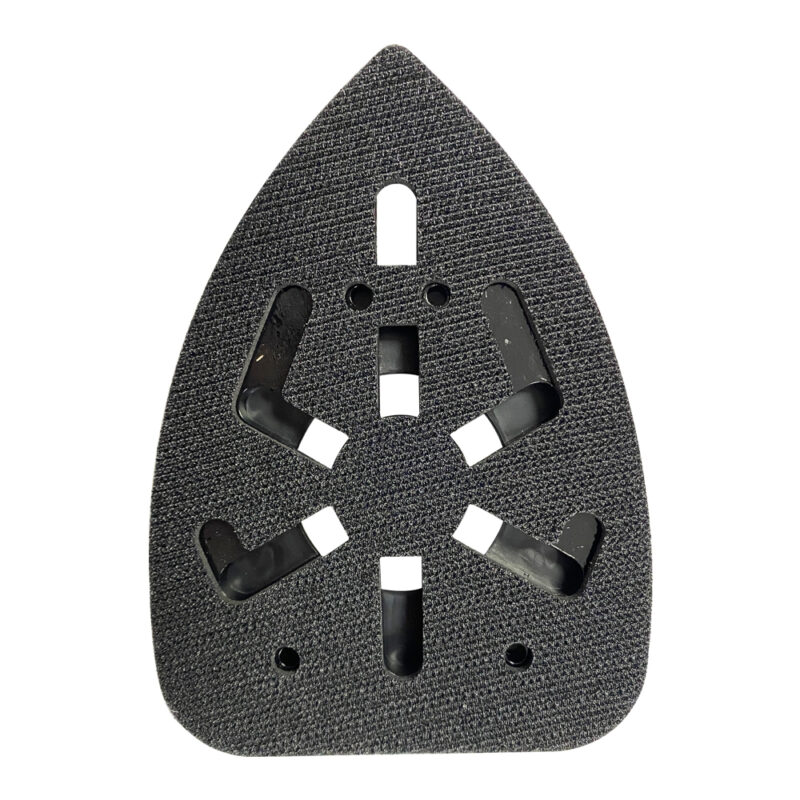metal detector
How Does a Metal Detector Work: Structure, Uses, Price
Metal detectors are characterized by their wide detection range, accurate positioning, high resolution, and ease of operation. The metal detector can detect and identify metal objects buried underground.
Where can you use a metal detector?
In addition to military applications, it is also widely used for: security checks, archaeology, prospecting, finding scrap metal; a good helper for recycling scrap metal objects.
The structure of a metal detector
A typical metal detector is light in weight and consists of only the following components:
- Stabilizer: keeps the device stable while scanning back and forth with the detector (optional)
- Control console: contains the circuitry, control mechanism, speaker, battery, and microprocessor.
- Connection bar: connects the console to the search coil; it is usually adjustable so that you can adjust its height according to your height
- Search coil: the component that senses metal, also known as a “search probe,” “coil,” or “antenna.”
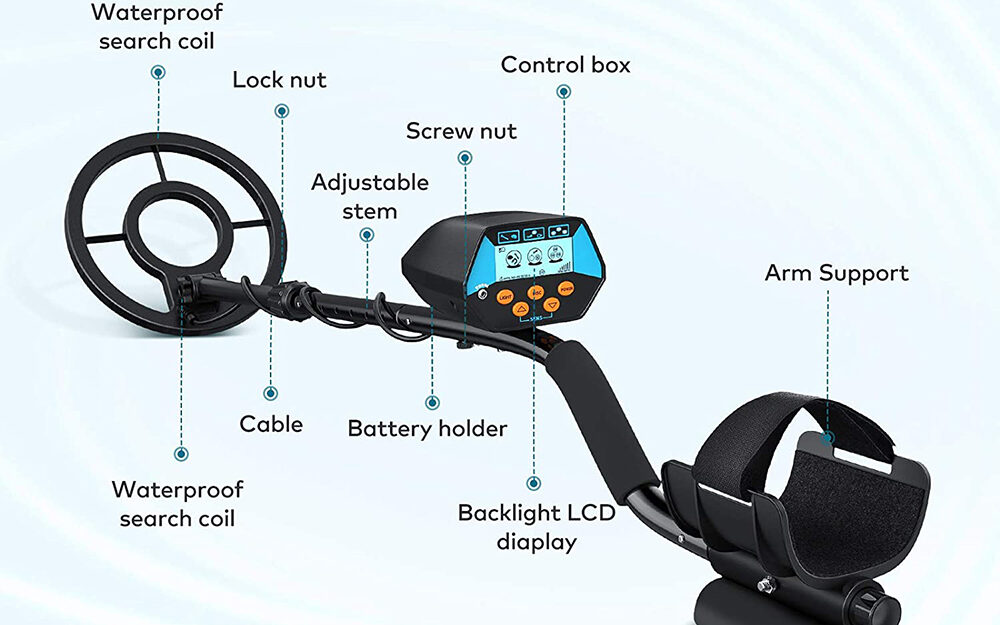
Most metal detectors also have a socket for the handset. Some have the console below and the lever, and a small display above.
The average metal detector is elementary to operate. Once you switch on the detector, and allow the detector to move slowly over the area you wish to search. If the metal detector swept the targets, the detector emits a signal that you can hear.
More advanced metal detectors have a display that accurately identifies the metal found and how deep the target is buried in the ground.
How does a metal detector work?
Metal detectors use the principle of electromagnetic induction to produce a rapidly changing magnetic field using a coil with an alternating current passing through it. This magnetic field generates an eddy current inside the metal object. The eddy currents, in turn, generate a magnetic field, which in turn affects the original magnetic field and triggers the detector to chirp.
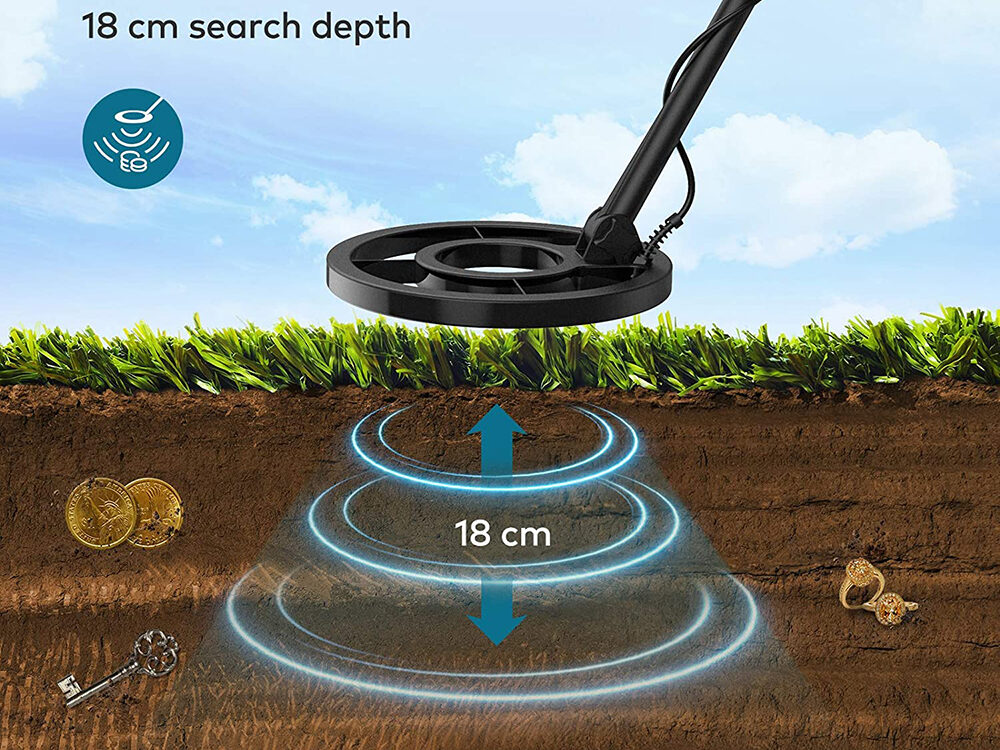
Metals are buried underground and are detected through thick layers of earth, which are inevitably affected by the geological structure. The earth contains a variety of minerals, which can also cause the detector to generate a signal that can mask the metal’s signal and cause false alarms.
Anyone who has ever used a metal detector will have experienced this, as the proximity of mounds of earth, stones, and bricks will emit an alarm tone, a phenomenon known as “mineralization.” For this reason, domestic metal detectors can only detect external surface metal objects. Bounty hunters metal detectors have an advanced ground balance system, which can exclude all mineralization reactions, significantly improving the detection depth and effect of the instrument.
The detection depth of all detecting instruments has a great relationship with the area, shape, weight, burial time, soil quality, soil moisture, the user’s proficiency. Generally speaking, the larger the area, the greater the quantity, the less soil moisture, the lower the density, the longer the burial time, the more conducive to increasing the detection depth of the detector.
The depths indicated for the instrument are the maximum depths that can be achieved under optimum conditions according to the industry standard for the product. In addition, the depth of detection can be attenuated by low-power levels and insufficient transmitting power, in which case the batteries need to be replaced promptly.
Uses of metal detectors
Metal detectors are in our lives, from recreation to work to safety and security, they have a wide range of uses.
- Applications for metal detectors include airports, office buildings, schools, government institutions. It can help to ensure that no one enters these premises with dangerous weapons.
- Coin shooting is specifically targeting coins.
- Search for lost coins or jewelry on the beach.
- Metal detectors can also detect wires hidden in walls, buried water pipes, and cables, etc.
- Rugged metal detector ideal for detecting treasure in extreme ground conditions.
- Detects a wide range of metals, from iron, coins, and household items to precious metals such as silver and gold.

The main factors affecting detector accuracy
How deep can a metal detector detect? Most detectors have an average maximum detection depth of around 20 to 30 cm. Several factors influence the exact value of the detection depth.
- Type of metal detector
- The type of metal in the target
- The size of the target
- The composition of the soil
- The side band effect of the target
- Interference from other objects: e.g., pipes or cables, and objects above ground, e.g., power transmission lines.
Classification of metal detectors: by function
All-metal detectors: metals such as iron, stainless steel, copper, and aluminum can be detected. Detection accuracy and sensitivity are relatively high, stable, and reliable.
Iron metal detector: can only detect ferrous metals, commonly known as needle detectors. Detection accuracy and sensitivity are low, easy to interfere with. Usually called “needle detector,” “needle inspection machine,” “over-needle machine.”
Aluminum foil metal detectors: also only detect ferrous metals, but still have high accuracy and sensitivity when detecting products packaged in aluminum foil.
How much is a metal detector?
Metal detectors look similar in appearance, but the technology used in each product is different. Detectors are just like any other commodity. The performance of the product is proportional to the price. The price of a detector varies with its performance, brand, and technology used.
There are treasure detectors as well as gold detectors. Treasure detectors have a metal identification function that tells the type of metal. The more accurate the metal identification function, the finer the range, the more expensive.

